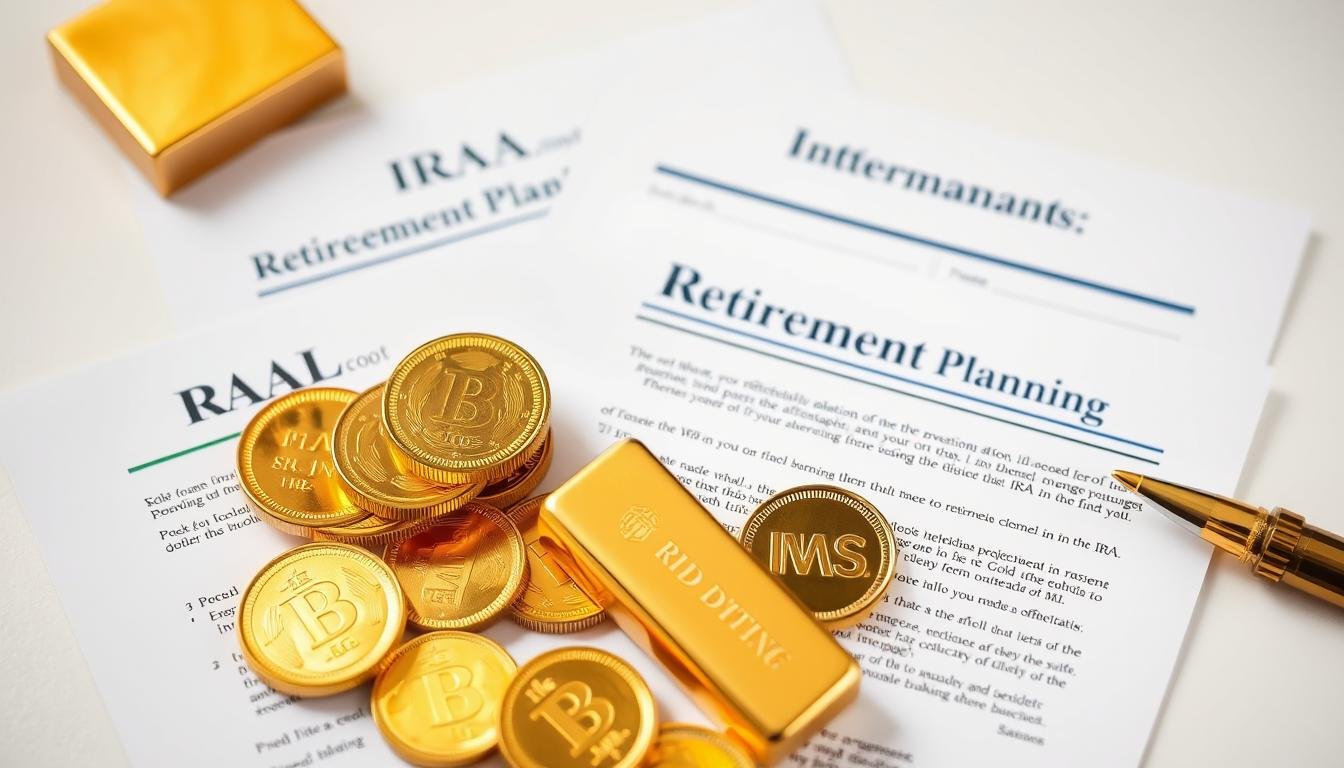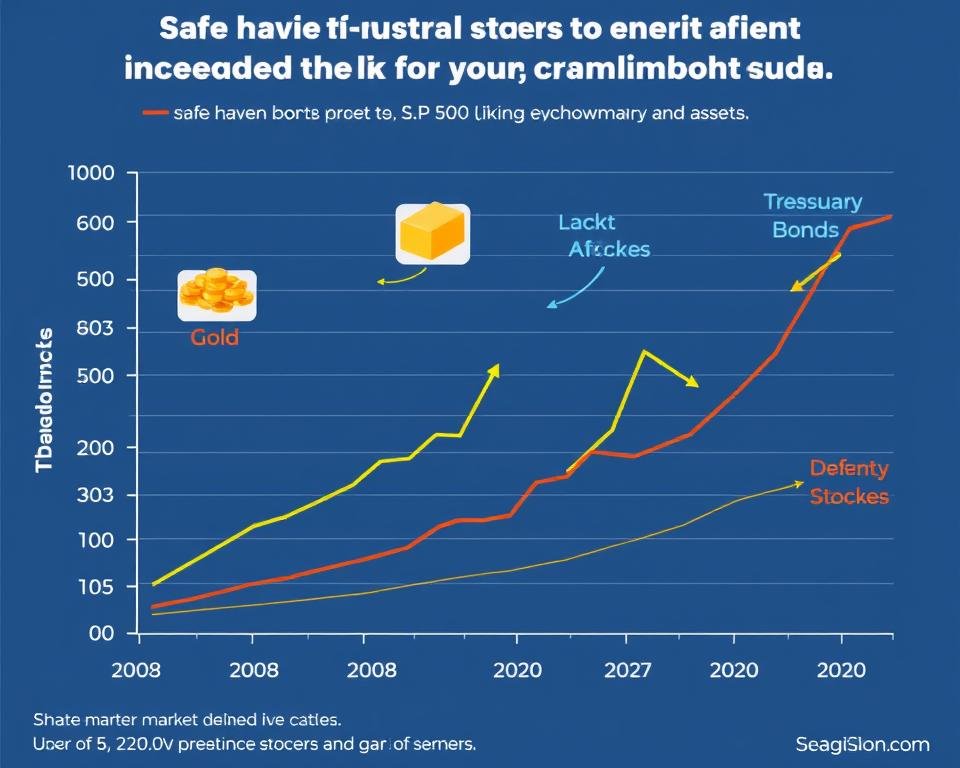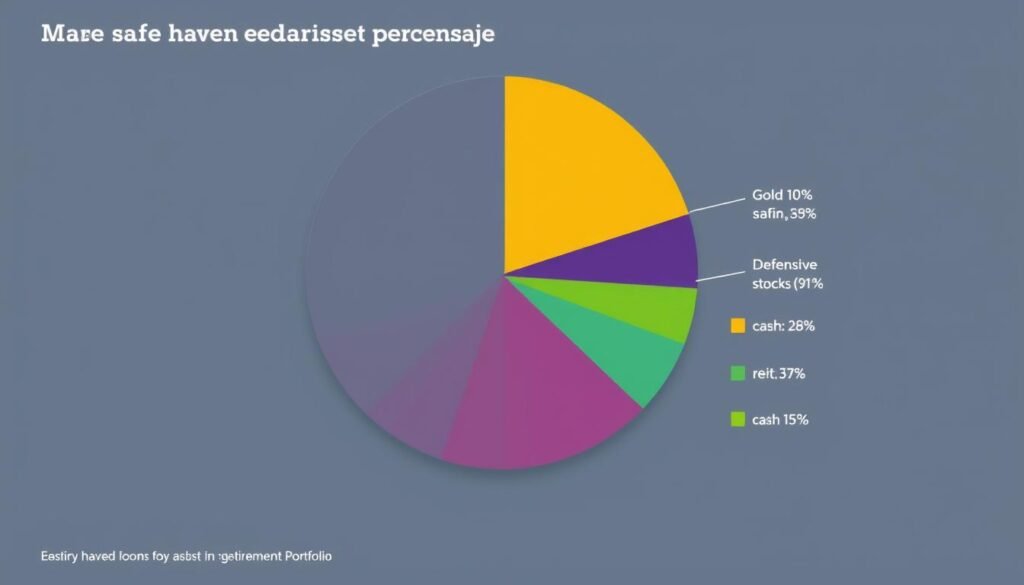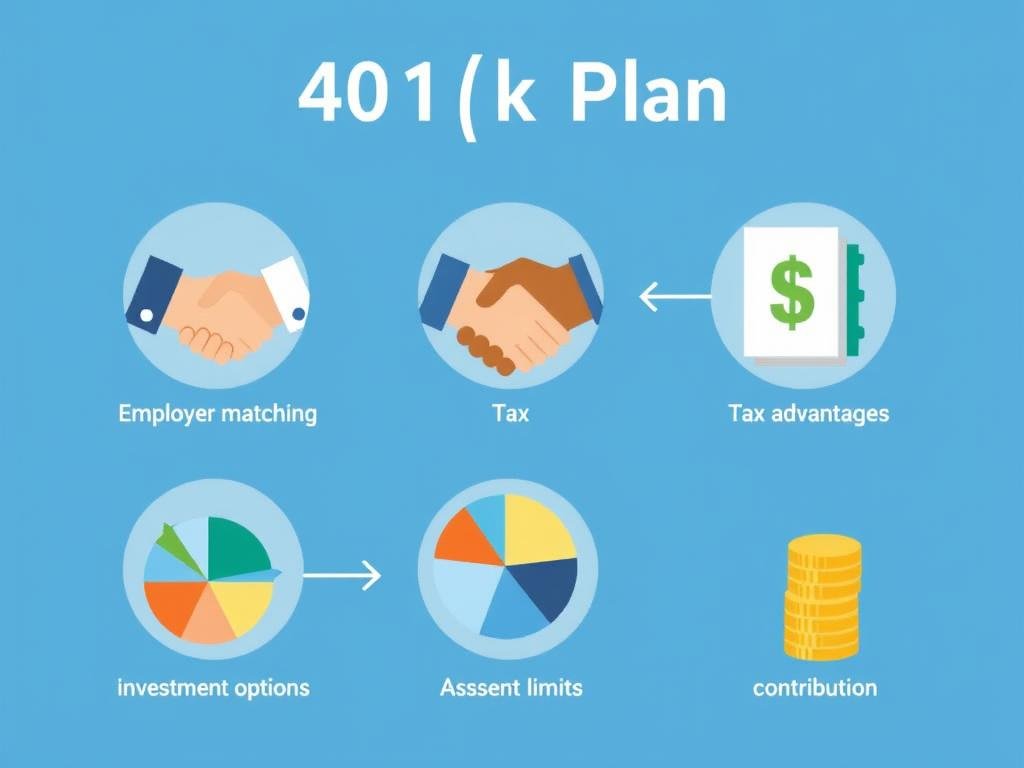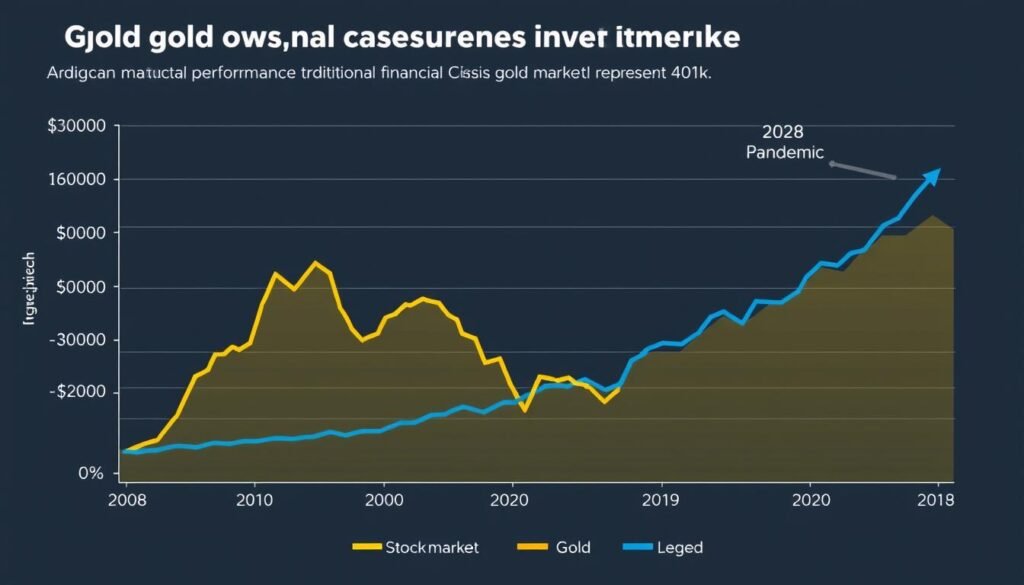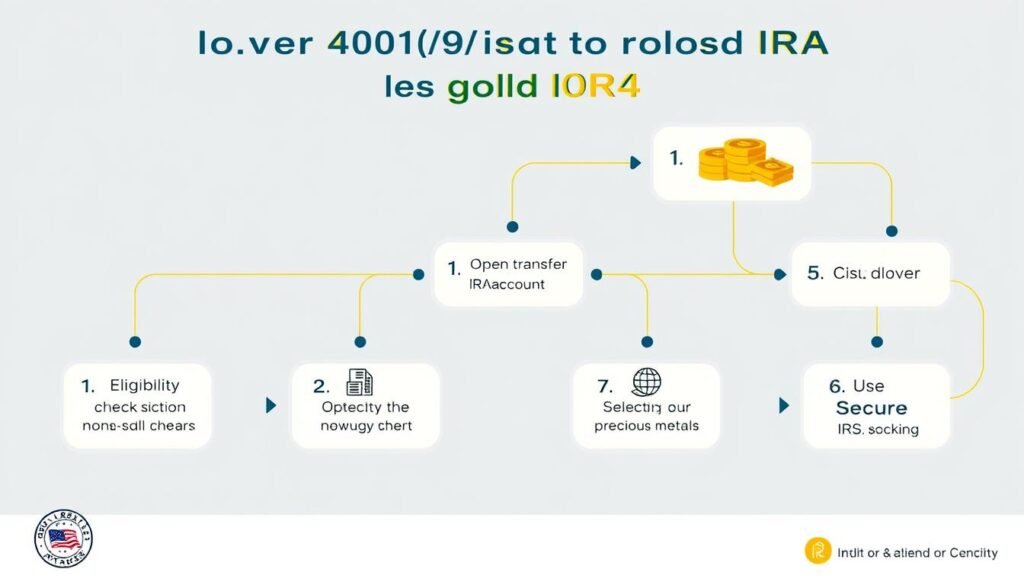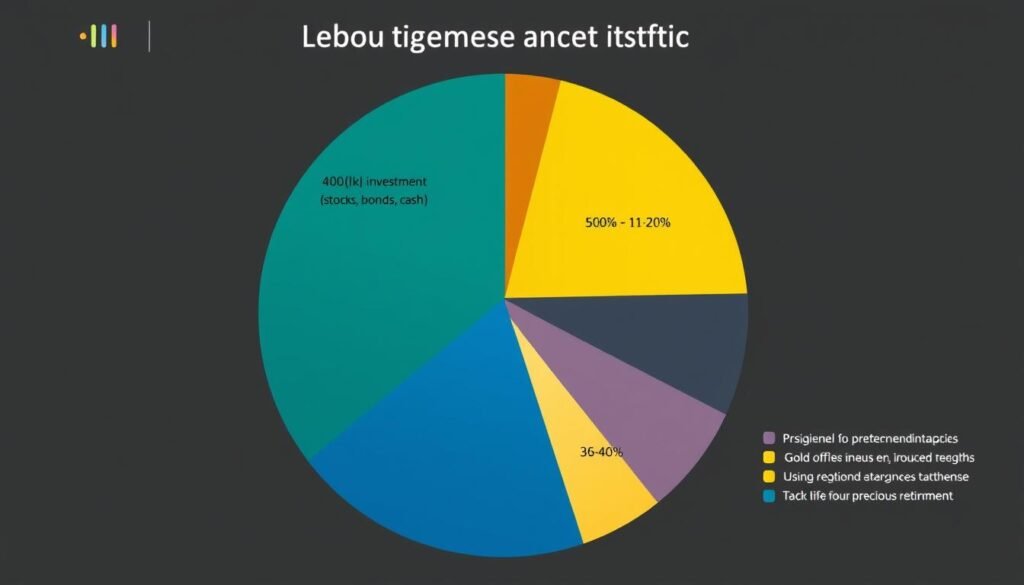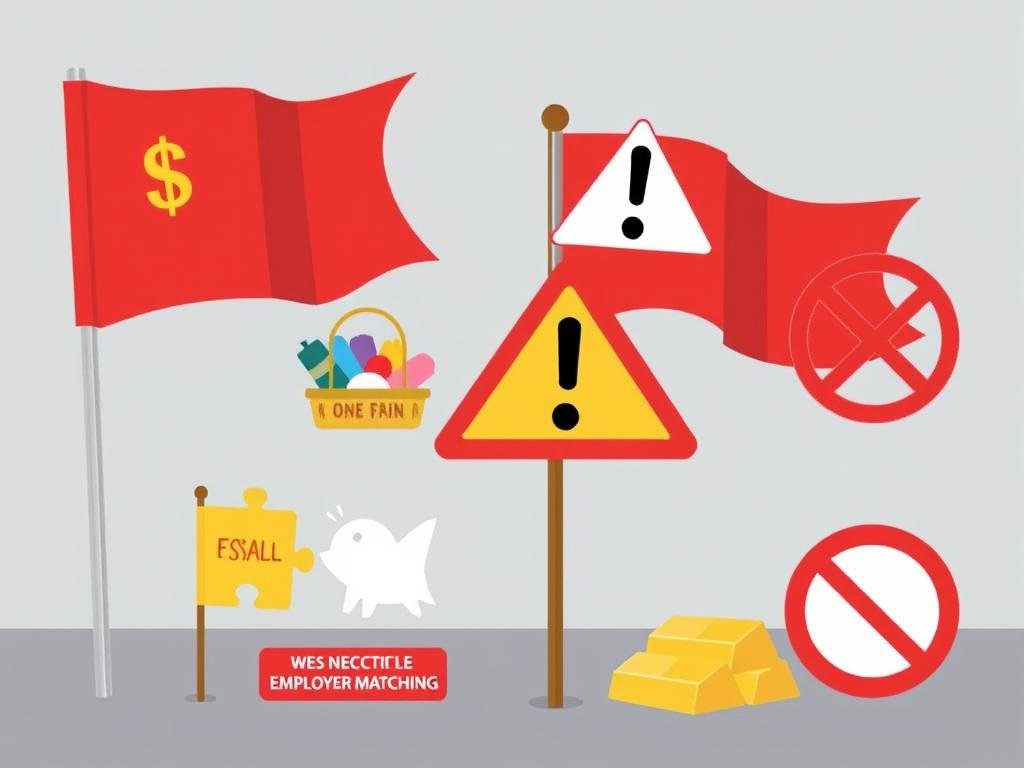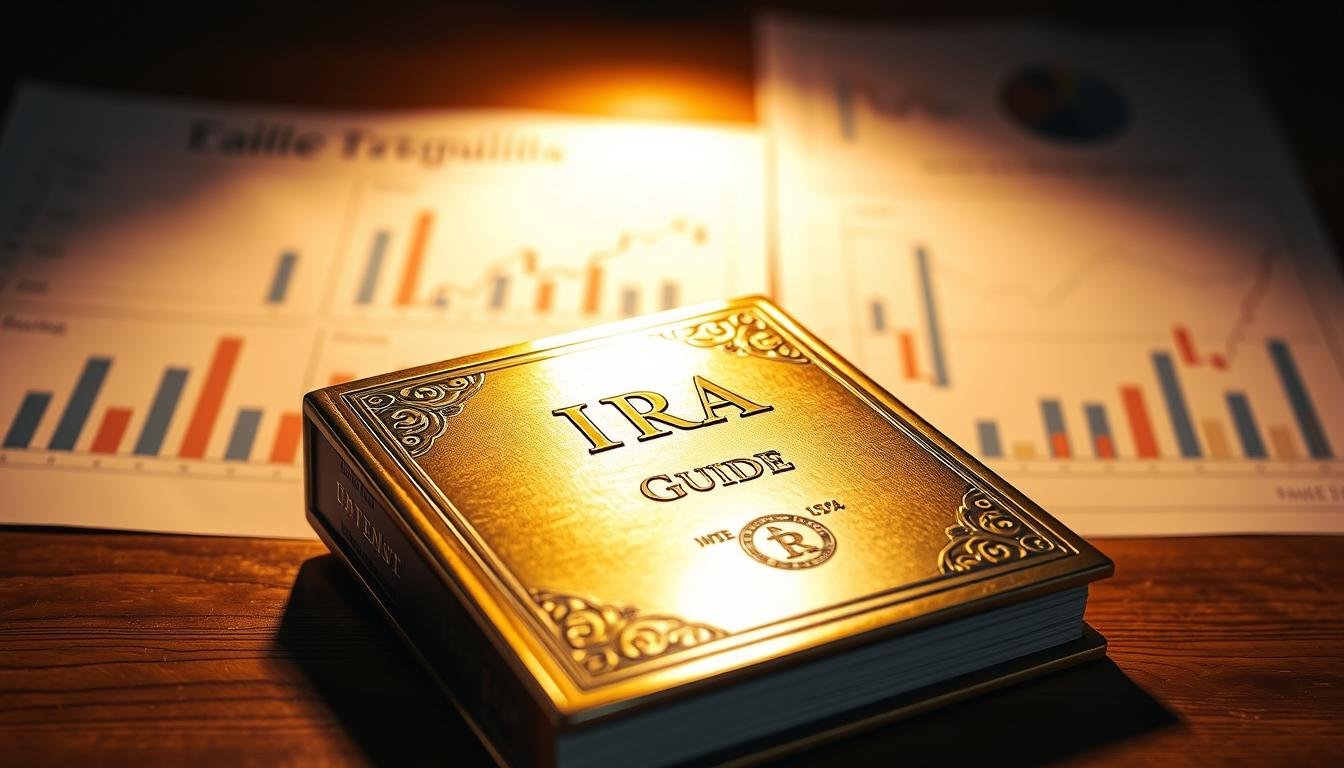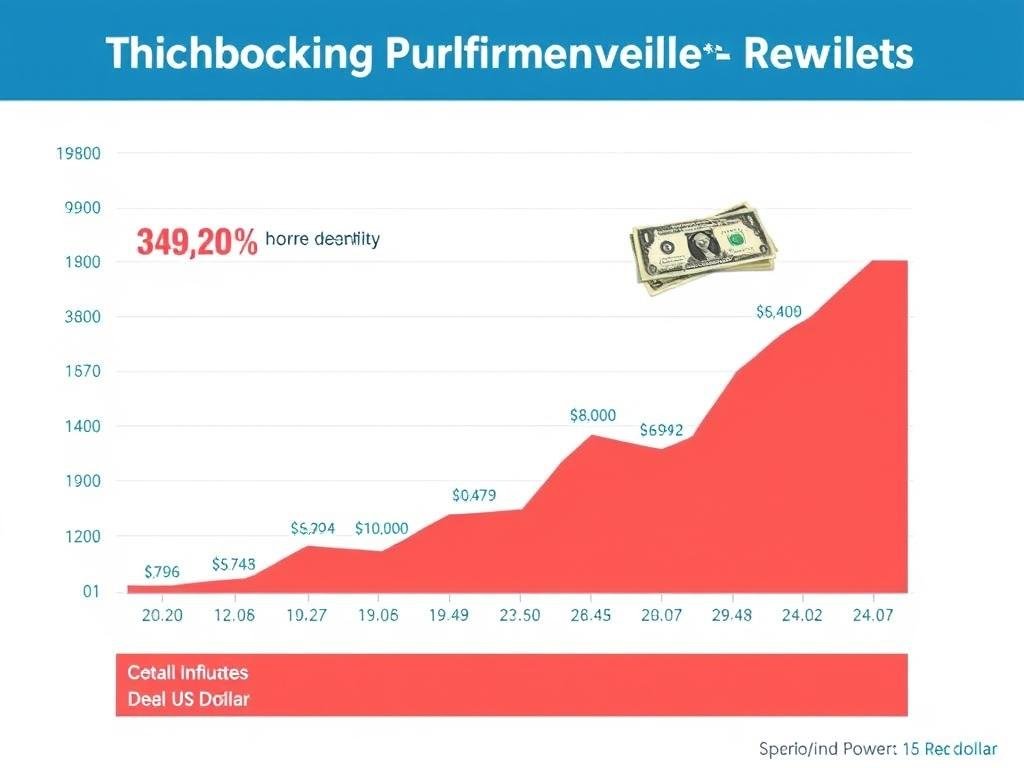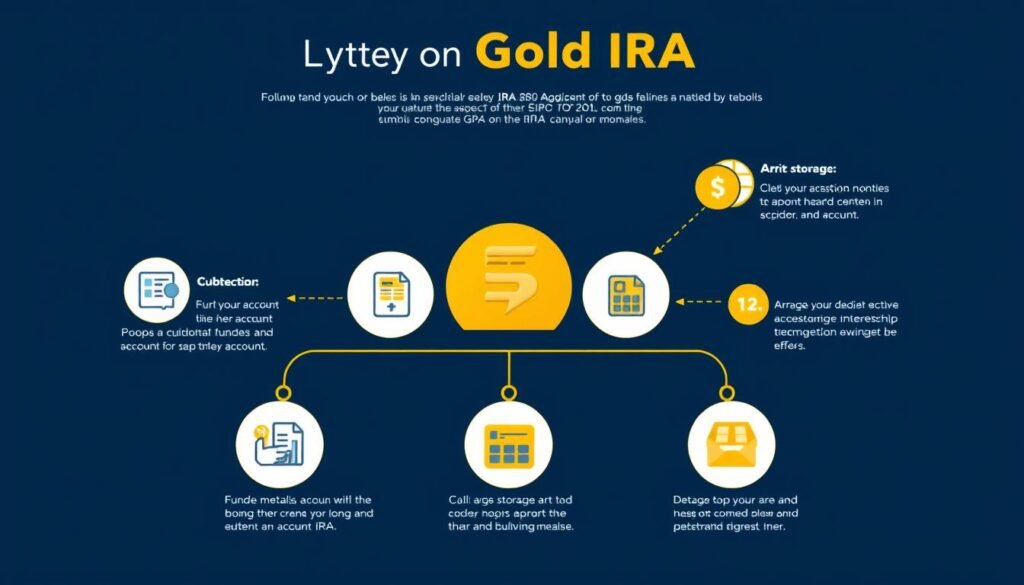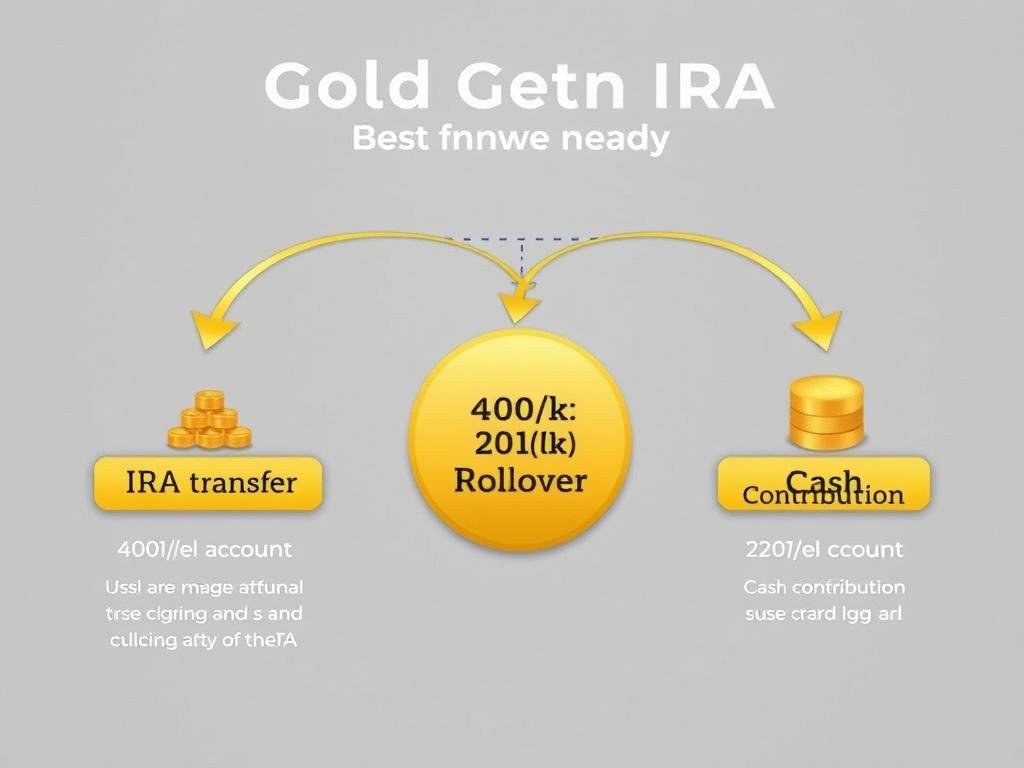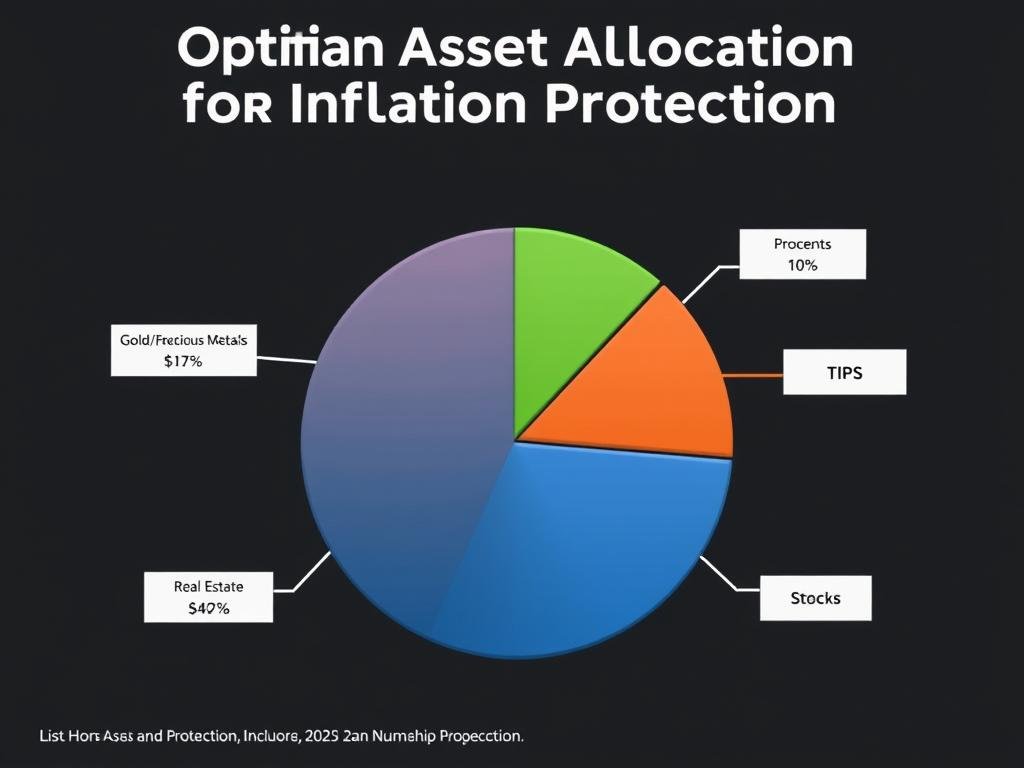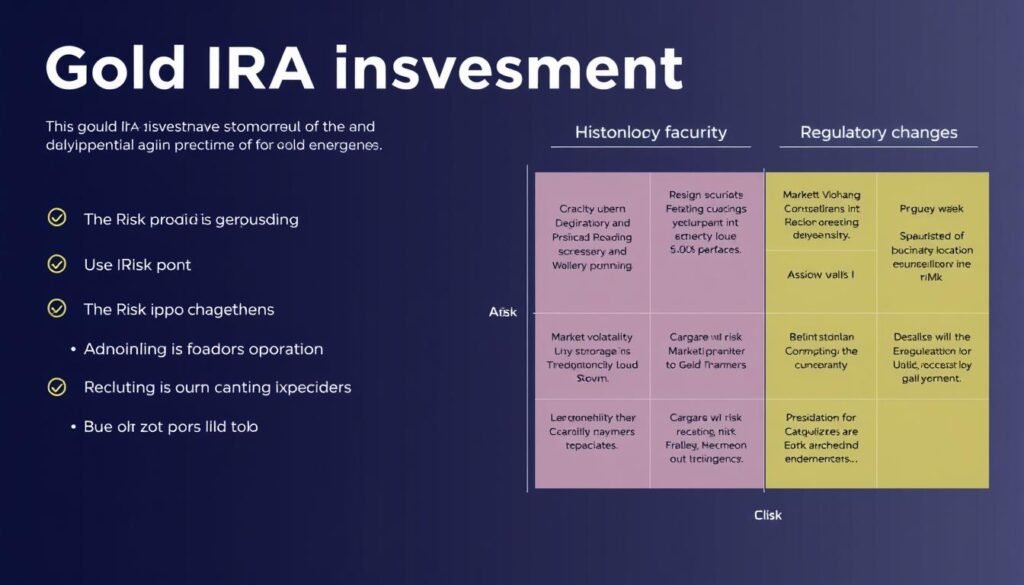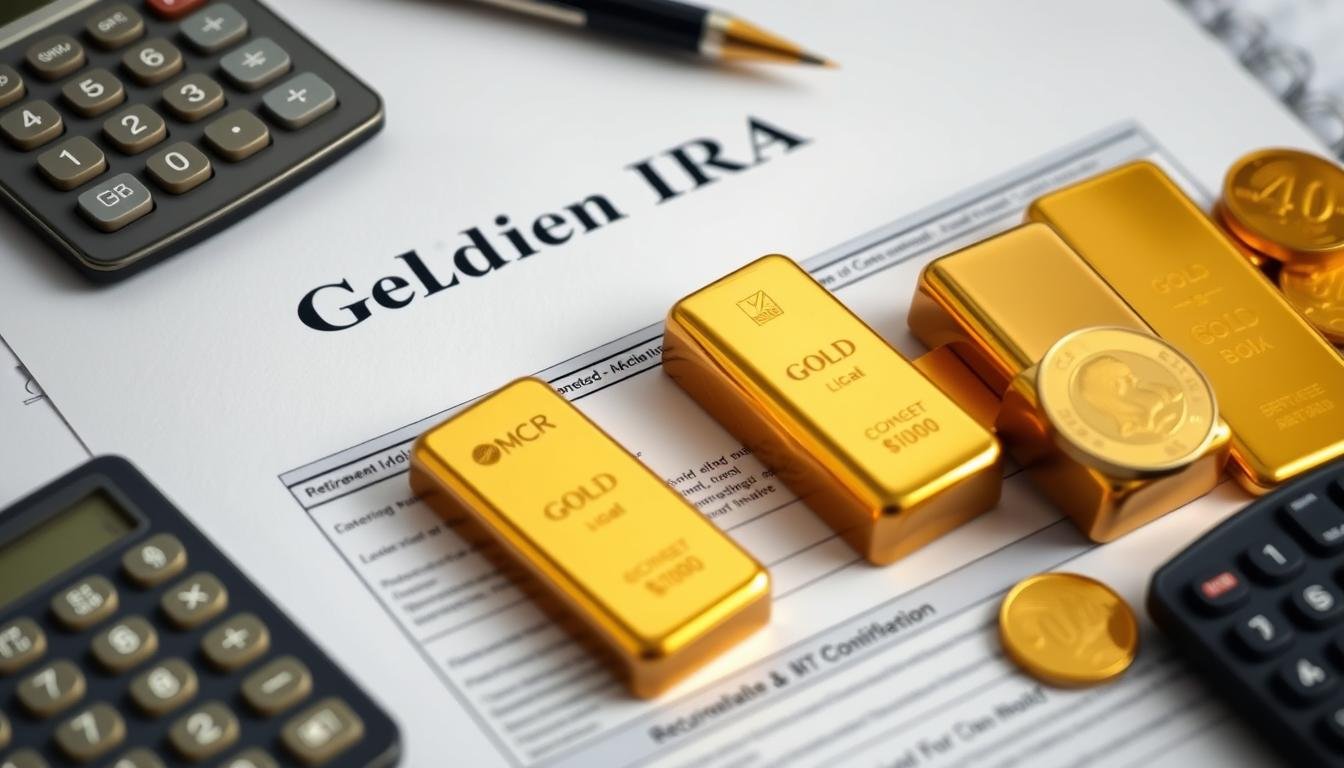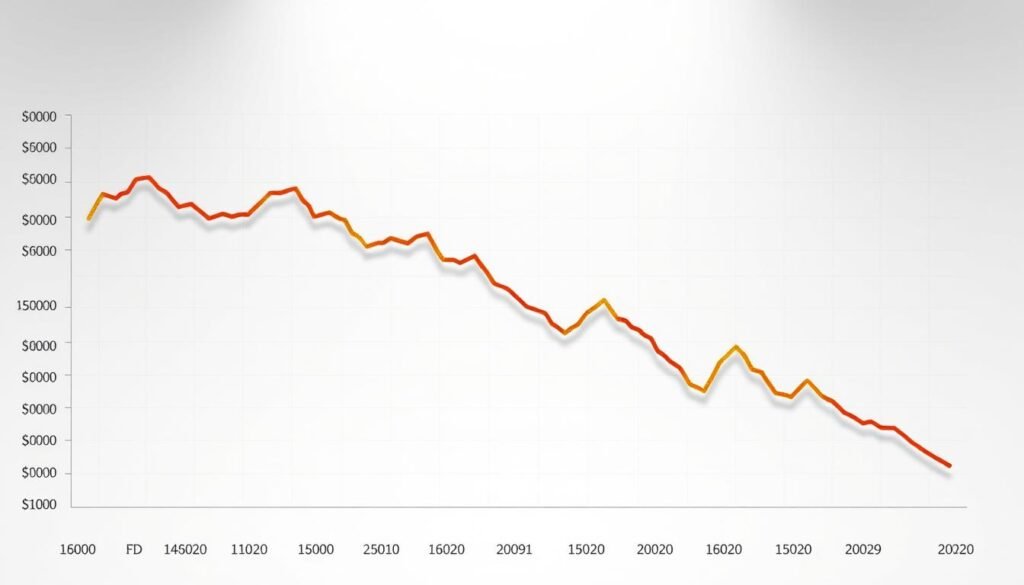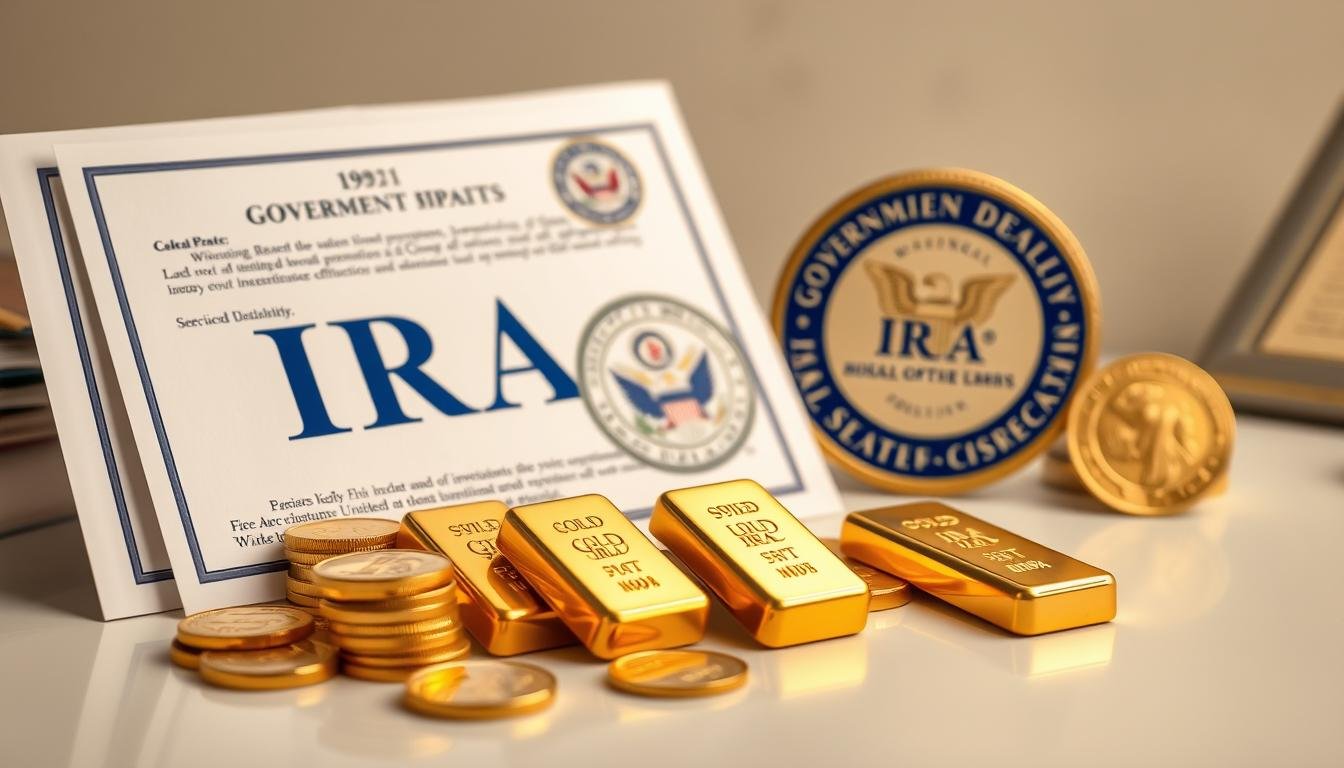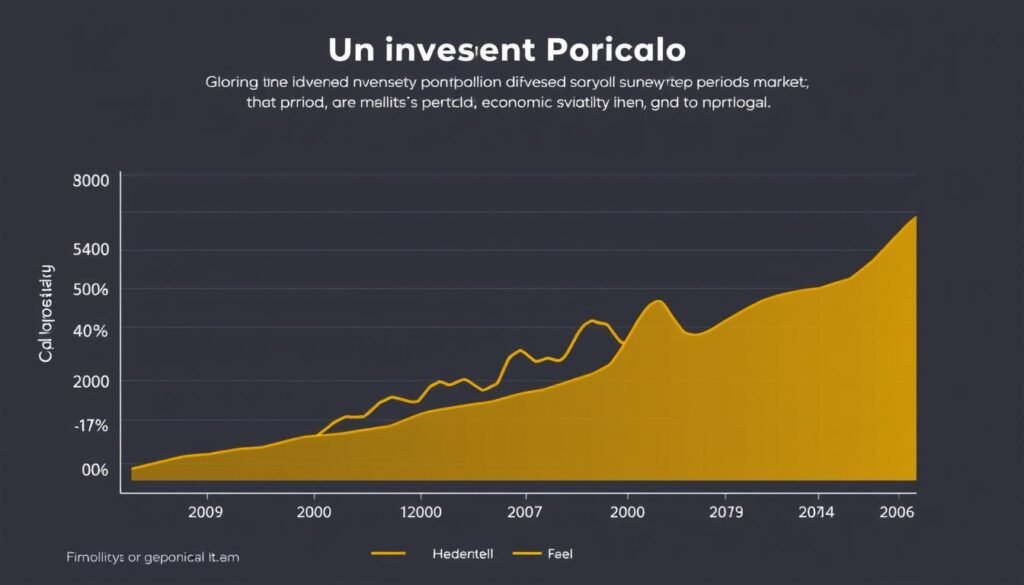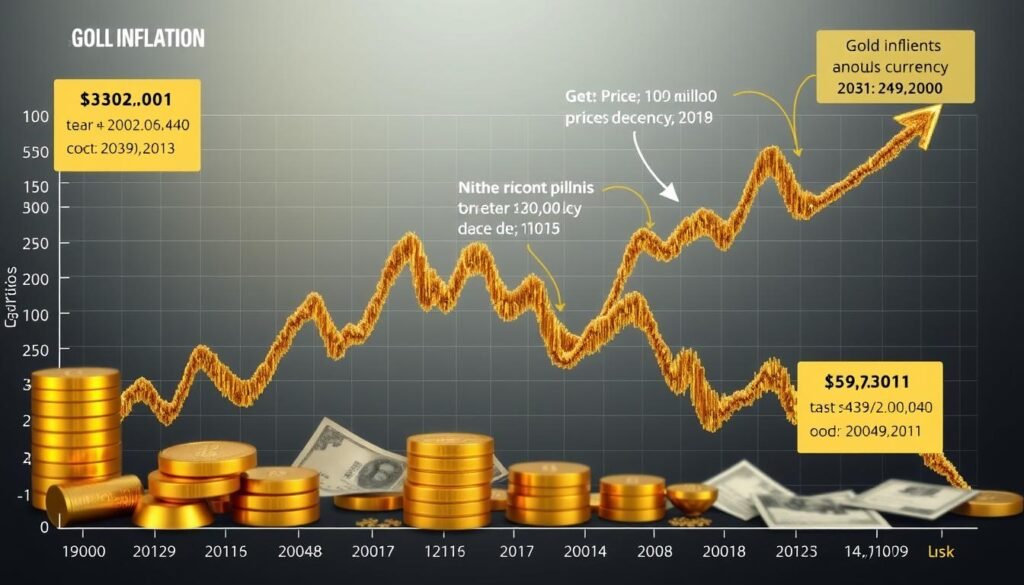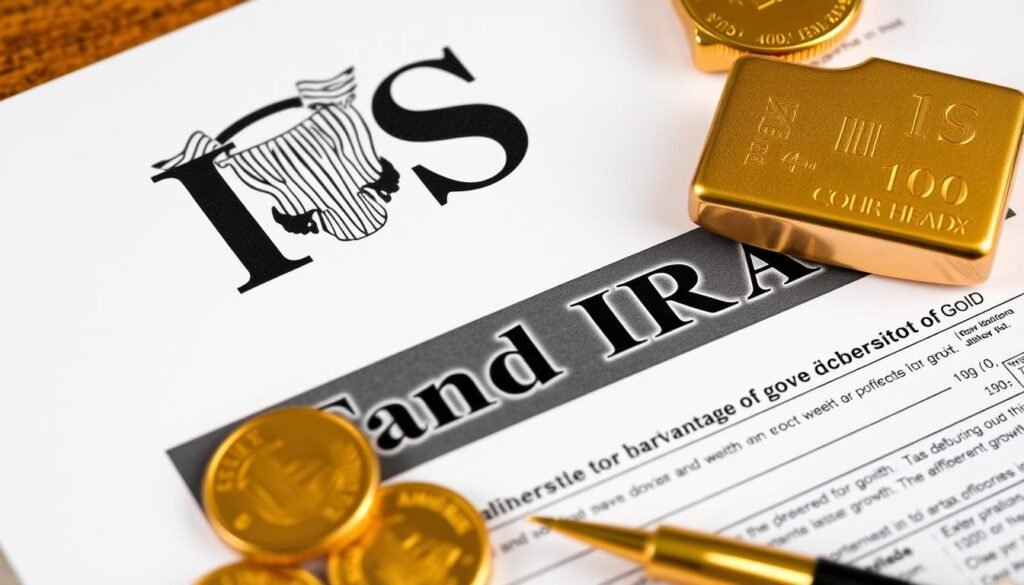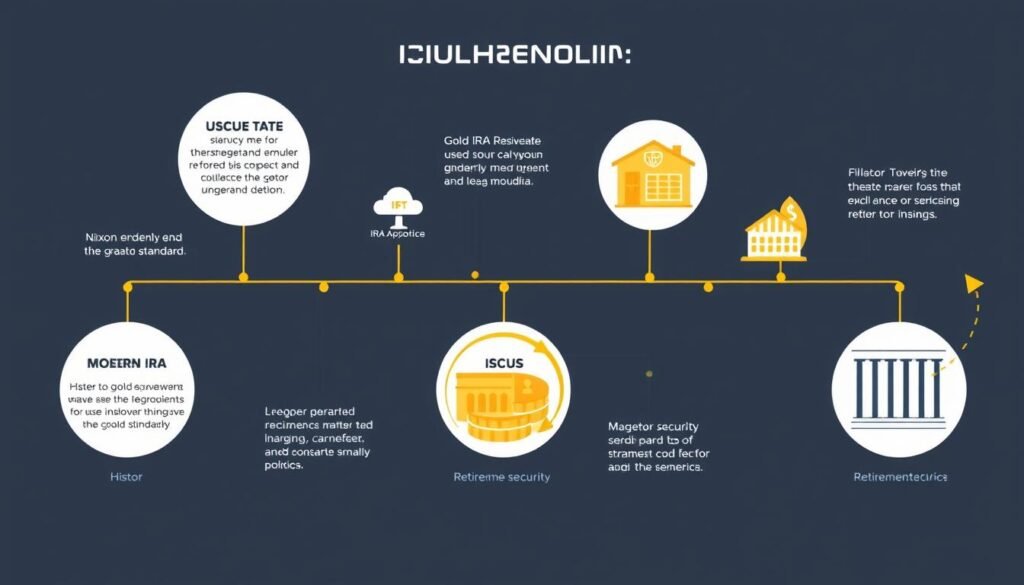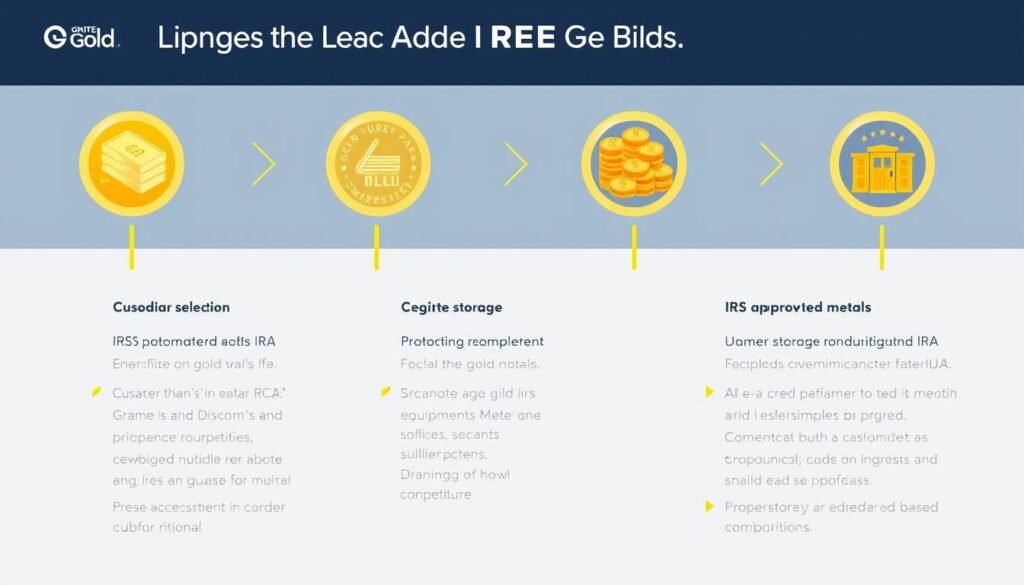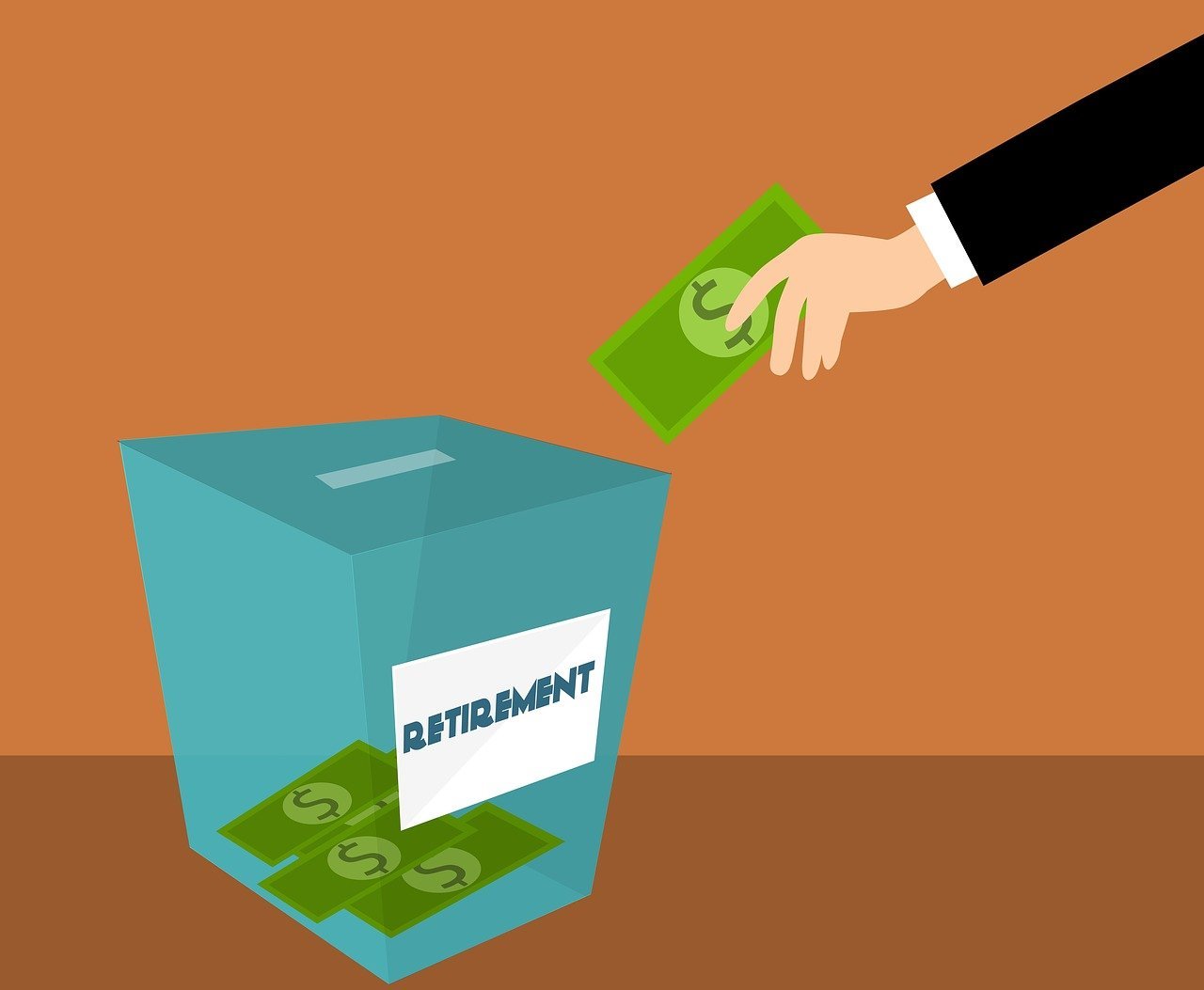Economic uncertainty has become a constant concern for retirement investors. Market volatility, inflation fears, and recession warnings have many Americans searching for safe havens to protect their hard-earned savings. Precious metals, particularly gold, have historically served as a refuge during economic downturns. But is a gold IRA truly safe during a recession?
This comprehensive guide examines how gold IRAs perform during economic turbulence, their advantages and limitations, and practical steps to determine if this investment strategy aligns with your retirement goals. Whether you’re concerned about the next recession or simply looking to diversify your retirement portfolio, understanding gold’s role as a potential safety net is essential in today’s uncertain economic landscape.
What Is a Gold IRA and How Does It Work?
A Gold IRA is a self-directed individual retirement account that allows you to hold physical precious metals like gold, silver, platinum, and palladium instead of traditional paper assets. Unlike conventional IRAs that typically invest in stocks, bonds, and mutual funds, a Gold IRA gives you the ability to own physical gold coins and bars within a tax-advantaged retirement account.
These specialized retirement accounts function under the same basic tax rules as traditional or Roth IRAs. The key difference is that instead of holding paper assets, your retirement funds are used to purchase IRS-approved precious metals that are then stored in a secure, IRS-compliant depository.
How Gold IRAs Work
Setting up a Gold IRA involves working with three key parties: a custodian, a precious metals dealer, and a depository. The custodian is an IRS-approved financial institution that administers your account. The dealer provides the actual gold products, and the depository securely stores your precious metals.
Most Gold IRAs are established through a rollover or transfer from an existing retirement account such as a 401(k), 403(b), or traditional IRA. This process allows you to move funds without triggering tax penalties when done correctly.
Protect Your Retirement From Economic Uncertainty
Learn how a Gold IRA can safeguard your savings during market volatility and recession.
Historical Performance of Gold During Past Recessions
Gold’s reputation as a safe haven during economic downturns is supported by its historical performance during past recessions. Understanding how gold has behaved during previous economic crises provides valuable insight into its potential as a protective asset during future downturns.
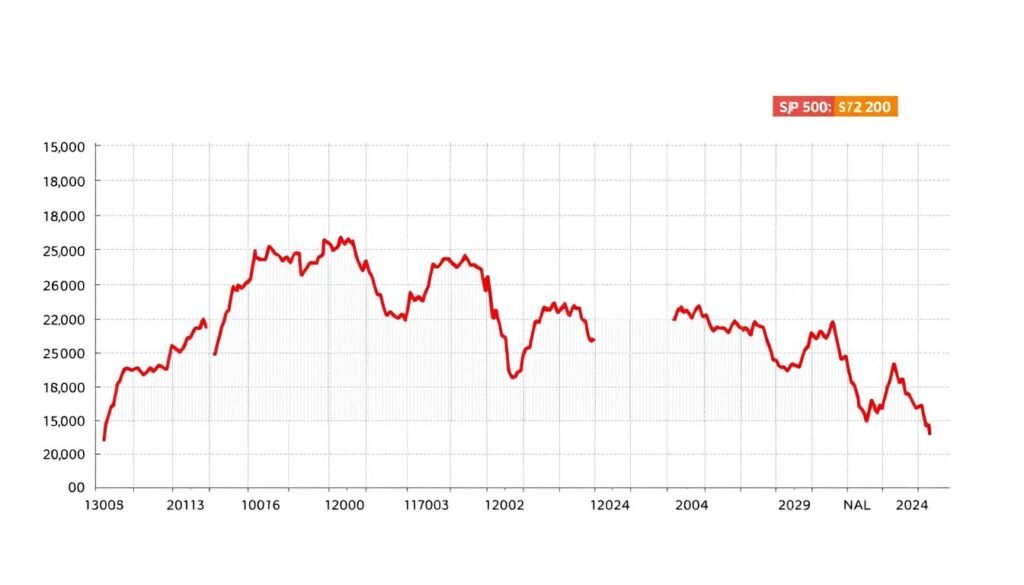
The 2008 Great Recession
During the 2008 financial crisis, when markets lost over 50% of their value, gold demonstrated its resilience by gaining approximately 25%. As stock markets plummeted and housing prices collapsed, gold prices climbed from around $800 per ounce in 2008 to over $1,900 by 2011, representing one of the most significant bull runs in gold’s modern history.
This performance illustrated gold’s negative correlation with traditional markets during severe economic stress. While banks failed and retirement accounts suffered devastating losses, gold investors saw their holdings increase in value, providing a crucial buffer against the broader market collapse.
The COVID-19 Recession (2020)
The pandemic-induced recession of 2020 again highlighted gold’s role as a crisis hedge. As global markets experienced unprecedented volatility in March 2020, gold initially dipped along with other assets but quickly recovered. From March to August 2020, gold prices surged from approximately $1,500 to a record high of over $2,000 per ounce – a 33% increase while many businesses were still struggling to recover.
This rapid price appreciation occurred while interest rates were slashed to near-zero and trillions in stimulus money entered the economy, conditions that historically benefit precious metals as inflation hedges.
| Recession Period | S&P 500 Performance | Gold Performance | Bonds (10-Year Treasury) Performance |
| 2001 Dot-com Bubble | -11.9% | +5.6% | +7.9% |
| 2008 Great Recession | -56.8% | +25.5% | +20.1% |
| 2020 COVID-19 | -33.9% (initial drop) | +33.1% (March-August) | +9.3% |
These historical patterns suggest that gold often moves independently of traditional financial markets during economic crises, potentially offering portfolio protection when it’s most needed. However, past performance doesn’t guarantee future results, and gold’s behavior can vary based on the specific nature of each economic downturn.
Key Safety Advantages of Gold IRAs During Market Downturns

Gold IRAs offer several distinct advantages that can help protect retirement savings during economic downturns. Understanding these benefits is crucial when evaluating whether a Gold IRA might be appropriate for your retirement strategy.
Advantages of Gold IRAs During Recessions
- Portfolio Diversification – Gold typically has a low or negative correlation with stocks and bonds, potentially reducing overall portfolio volatility.
- Inflation Protection – Gold has historically maintained purchasing power during inflationary periods that often accompany or follow recessions.
- Currency Devaluation Hedge – When governments print money during economic crises, gold often appreciates as currency values decline.
- Tangible Asset Ownership – Physical gold provides a real asset that exists outside the financial system, reducing counterparty risk.
- Global Recognition – Gold maintains universal value regardless of any single country’s economic conditions.
Potential Drawbacks to Consider
- Storage Fees – Required secure storage adds ongoing costs not present with paper assets.
- No Income Generation – Unlike dividend stocks or bonds, gold doesn’t produce income or interest.
- Price Volatility – While generally stable during crises, gold can experience short-term price fluctuations.
- Premium Costs – Purchasing physical gold involves dealer premiums above spot price.
- Liquidity Considerations – Converting physical gold to cash can take longer than selling stocks or bonds.
Protection Against Market Correlation
According to a study by the World Gold Council, gold has maintained a long-term correlation of just 0.01 with the S&P 500 index (where 1.0 would indicate perfect correlation). This statistical independence means that when stock markets plummet during recessions, gold often moves in the opposite direction or remains stable.
As J.P. Morgan Asset Management noted in their 2022 report: “Gold has proven its effectiveness as a portfolio diversifier during periods of financial stress, typically performing well when confidence in the financial system and paper currencies is declining.”
Discover How Gold Can Protect Your Retirement
Learn the strategies successful investors use to safeguard their savings with precious metals.
Potential Risks and Limitations to Consider

While Gold IRAs offer significant benefits during economic downturns, they also come with certain risks and limitations that investors should carefully consider before committing their retirement funds.
Price Volatility Despite Safe Haven Status
Although gold often performs well during recessions, it can experience significant short-term price fluctuations. During the initial shock of the COVID-19 pandemic in March 2020, gold prices temporarily dropped alongside stocks before rebounding strongly. This demonstrates that gold isn’t immune to market panic, particularly when investors need to liquidate assets quickly to cover losses elsewhere.
Costs Associated with Gold IRAs
Gold IRAs typically involve higher fees than traditional retirement accounts. These can include setup fees, annual administrative costs, storage fees for the physical gold, and insurance expenses. Additionally, when purchasing physical gold, investors pay a premium above the spot price, which can range from 5-10% depending on the product and dealer.
These costs can impact your overall returns, especially during periods when gold prices remain relatively stable. It’s important to calculate the total expense ratio of a Gold IRA and compare it to alternatives before investing.
Regulatory and Storage Requirements
The IRS has strict requirements regarding the types of gold that can be held in an IRA and how it must be stored. Not all gold products qualify for IRA investment, and those that do must be stored in an approved depository—not in your home or personal safe deposit box. Violating these rules can result in significant tax penalties and disqualification of your IRA status.
As with any investment strategy, diversification remains crucial. Financial advisors typically recommend limiting precious metals exposure to 5-15% of your overall retirement portfolio, depending on your age, risk tolerance, and financial goals.
Gold IRAs vs. Other Retirement Options During Recessions
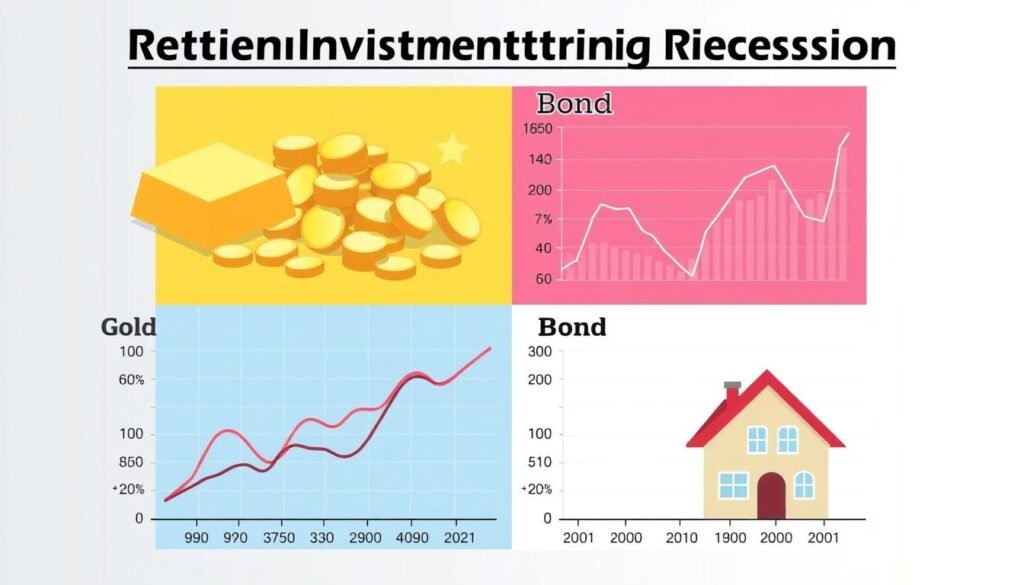
Understanding how different retirement investment options perform during economic downturns can help you make more informed decisions about portfolio allocation. Here’s how Gold IRAs compare to other common retirement vehicles during recessions:
| Feature | Gold IRA | Traditional IRA (Stocks/Bonds) | Roth IRA |
| Typical Recession Performance | Often appreciates or remains stable | Usually experiences significant losses | Depends on underlying investments |
| Inflation Protection | Strong historical protection | Limited unless holding TIPS | Tax-free withdrawals provide some protection |
| Income Generation | None | Dividends and interest possible | Dividends and interest possible |
| Tax Treatment | Traditional or Roth options available | Tax-deferred growth, taxable withdrawals | Tax-free growth and qualified withdrawals |
| Liquidity During Crisis | Moderate (requires physical sale) | High for most securities | High for most securities |
Real Estate vs. Gold During Recessions
Real estate investments, including REITs (Real Estate Investment Trusts), often suffer during recessions as property values decline and rental income becomes less reliable. During the 2008 financial crisis, the real estate market collapsed, with the Case-Shiller Home Price Index dropping nearly 33% nationwide.
In contrast, gold appreciated significantly during this same period. However, real estate typically provides ongoing income through rents, while gold does not generate income. Both assets are tangible but have different liquidity profiles and capital requirements.
Cash and Treasury Bonds During Downturns
Cash and high-quality government bonds typically provide stability during recessions but may lose purchasing power to inflation. During the 2020 COVID-19 recession, the Federal Reserve cut interest rates to near zero, resulting in minimal returns for cash holdings while inflation began to rise.
Treasury Inflation-Protected Securities (TIPS) offer some inflation protection but generally provide lower returns than gold during high-inflation periods. During the 1970s stagflation era, gold vastly outperformed inflation-indexed bonds.
Expert Opinions on Gold IRAs During Economic Uncertainty

Financial experts offer varying perspectives on the role of gold in retirement portfolios during economic uncertainty. Understanding these expert viewpoints can provide valuable context for your own investment decisions.
“Gold should be viewed as an insurance policy rather than a growth investment. During periods of severe market stress, a 5-10% allocation to gold has historically improved portfolio resilience while reducing overall volatility.”
Ray Dalio, founder of the world’s largest hedge fund, has long advocated for gold as part of a well-balanced portfolio. He suggests that a modest allocation to gold can provide crucial diversification during economic crises when traditional assets become highly correlated.
“While gold has served as a store of value for thousands of years, investors should be cautious about overallocating to any single asset class. Gold IRAs can play a defensive role in retirement planning, but they should complement rather than replace traditional retirement vehicles.”
Personal finance expert Suze Orman recommends considering gold as part of a diversified retirement strategy, particularly for those concerned about economic instability. However, she cautions against emotional decision-making during market panics and emphasizes the importance of maintaining a long-term perspective.
According to a 2022 survey by the World Gold Council, 67% of professional investment advisors believe that gold is an effective portfolio diversifier during economic downturns, while 55% specifically recommend it as a hedge against inflation—a common concern during and after recessions.
Expert Insights at Your Fingertips
Get professional advice on how to incorporate gold into your retirement strategy.
Step-by-Step Guide to Setting Up a Gold IRA
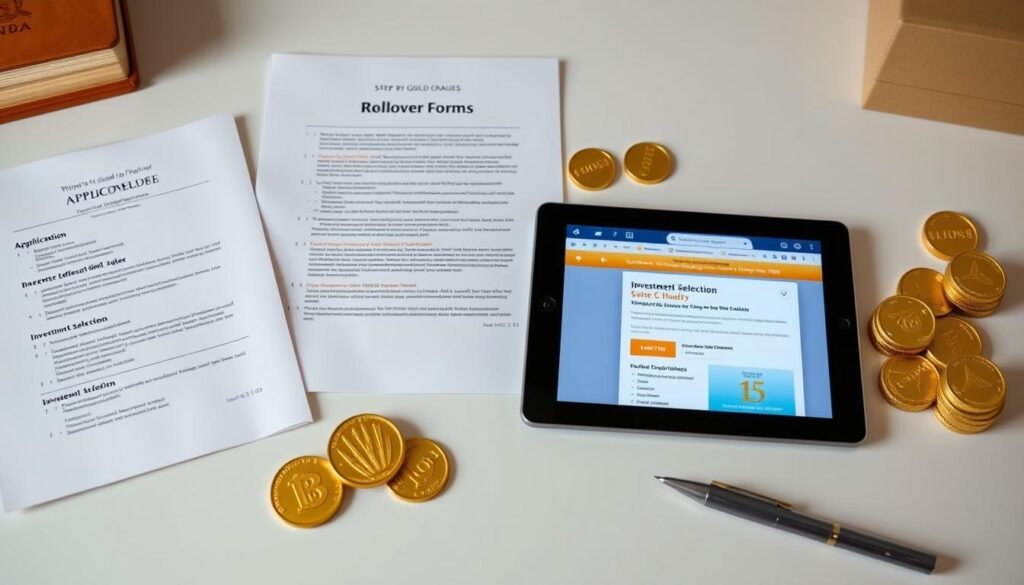
If you’ve decided that a Gold IRA might be appropriate for your retirement strategy, particularly as a hedge against recession, here’s a comprehensive guide to establishing your account:
1. Choose a Reputable Gold IRA Custodian
The first and most crucial step is selecting a trustworthy custodian that specializes in precious metals IRAs. Look for companies with:
- A long track record in the industry (preferably 10+ years)
- Strong ratings from the Better Business Bureau and Trustpilot
- Transparent fee structures with no hidden costs
- Educational resources rather than high-pressure sales tactics
- Established relationships with reputable depositories
Leading custodians include Equity Trust, Kingdom Trust, and New Direction IRA, though many gold dealers work with preferred custodians and can facilitate the entire process.
2. Open and Fund Your Self-Directed IRA
Once you’ve selected a custodian, you’ll need to complete their application process to establish your self-directed IRA. This typically involves:
- Completing account application forms
- Choosing between a Traditional or Roth IRA structure
- Funding your account through a rollover, transfer, or contribution
If you’re rolling over funds from an existing retirement account like a 401(k) or traditional IRA, your custodian will provide the necessary paperwork to initiate this process. Be careful to follow IRS guidelines for rollovers to avoid potential tax penalties.
3. Select Your Precious Metals
After your account is funded, you’ll work with a precious metals dealer to select IRS-approved gold products for your IRA. The IRS has specific requirements for gold held in IRAs:
- Gold must be 99.5% pure (24 karat) with few exceptions
- Approved coins include American Gold Eagles, Canadian Gold Maple Leafs, and Australian Gold Kangaroos
- Gold bars and rounds must be produced by an accredited refiner/manufacturer
- Rare or collectible coins are generally not permitted
Your dealer should be able to guide you through the selection process and recommend products that meet IRS requirements while aligning with your investment goals.
4. Complete the Purchase and Arrange Storage
Once you’ve selected your precious metals, your custodian will complete the purchase using funds from your IRA. The metals will then be shipped directly to an IRS-approved depository for secure storage. You cannot take personal possession of the gold without triggering a taxable distribution.
Reputable depositories include Delaware Depository, Brink’s Global Services, and International Depository Services. Your custodian will typically have established relationships with one or more of these facilities.

5. Maintain and Monitor Your Account
After your Gold IRA is established, you’ll receive regular account statements from your custodian. It’s important to:
- Review statements for accuracy
- Stay informed about gold market trends
- Periodically reassess your allocation to ensure it aligns with your retirement goals
- Understand the rules for required minimum distributions (RMDs) if applicable
Most custodians provide online account access that allows you to monitor your holdings and make adjustments as needed.
IRS Regulations and Storage Requirements for Gold IRAs

Understanding and adhering to IRS regulations is crucial for maintaining the tax-advantaged status of your Gold IRA. Failure to comply with these requirements can result in significant penalties and the disqualification of your retirement account.
Approved Precious Metals
The IRS has specific requirements regarding the types and purity of precious metals that can be held in an IRA:
- Gold: Must be 99.5% pure (24 karat), with exceptions for certain coins like American Gold Eagles
- Silver: Must be 99.9% pure
- Platinum: Must be 99.95% pure
- Palladium: Must be 99.95% pure
Collectible coins, rare coins, and certain bullion products that don’t meet these purity standards are not permitted in a Gold IRA.
Storage Requirements
Perhaps the most stringent IRS requirement concerns the storage of precious metals held in an IRA:
- Metals must be stored in an IRS-approved depository
- Personal possession of the metals is prohibited
- Home storage or personal safe deposit boxes are not permitted
- The depository must provide regular statements and valuations
Some companies market “home storage” Gold IRAs, but these arrangements typically violate IRS regulations and can result in the entire account being treated as a distribution, triggering taxes and penalties.
Contribution Limits and Required Minimum Distributions
Gold IRAs are subject to the same contribution limits as other IRAs: $6,500 for 2023 ($7,500 if you’re age 50 or older). Additionally, traditional Gold IRAs are subject to required minimum distributions (RMDs) beginning at age 73, which can complicate matters since physical gold must be valued and potentially liquidated to satisfy these requirements.
Roth Gold IRAs, however, are not subject to RMDs during the owner’s lifetime, which may make them more attractive for those concerned about having to liquidate gold holdings during unfavorable market conditions.
Important: Always consult with a tax professional before establishing a Gold IRA to ensure you understand all applicable regulations and potential tax implications. The rules governing these specialized retirement accounts can be complex and are subject to change.
Conclusion: Is a Gold IRA Right for Your Recession Strategy?

The question of whether a Gold IRA is safe during a recession doesn’t have a one-size-fits-all answer. Historical data suggests that gold often performs well during economic downturns, providing a potential hedge against market volatility and inflation. However, like any investment strategy, Gold IRAs come with both advantages and limitations that must be carefully weighed against your personal financial situation and retirement goals.
Key Takeaways
- Gold has historically demonstrated value as a portfolio diversifier during economic crises, often moving independently of stocks and bonds.
- A modest allocation to gold (typically 5-15% of your portfolio) may provide stability during market turbulence without overexposing you to a single asset class.
- The costs associated with Gold IRAs—including storage fees, insurance, and purchase premiums—should be factored into your expected returns.
- Strict IRS regulations govern Gold IRAs, particularly regarding approved metals and storage requirements.
- Gold IRAs work best as part of a diversified retirement strategy rather than as a standalone solution.
For those concerned about economic uncertainty, inflation risks, or seeking greater portfolio diversification, a Gold IRA may be worth considering. However, it’s essential to approach this decision with a clear understanding of both the potential benefits and limitations.
Before making any investment decisions, consult with a qualified financial advisor who can help you evaluate how a Gold IRA might fit into your overall retirement strategy based on your age, risk tolerance, and financial goals. Remember that the most resilient retirement portfolios typically include a thoughtful mix of different asset classes designed to weather various economic conditions.
Protect Your Retirement From the Next Recession
Learn how to incorporate gold into your retirement strategy with our comprehensive guide.
Download Your Free Gold IRA Guide
Or speak with a precious metals specialist: 1-800-123-4567
Frequently Asked Questions
Can you lose money with a Gold IRA?
Yes, it is possible to lose money with a Gold IRA. While gold has historically maintained its value over the long term, it experiences price fluctuations in the short term that could result in losses if you need to sell during a down market. Additionally, the fees associated with Gold IRAs (setup fees, storage costs, insurance, and dealer premiums) can impact your overall returns.
However, many investors view gold less as a growth vehicle and more as a portfolio stabilizer and inflation hedge. When evaluating potential losses, it’s important to consider gold’s performance relative to other assets during economic downturns. Learn more about managing risk with our free guide.
How much gold should be in a retirement portfolio?
Financial experts typically recommend allocating between 5% and 15% of your retirement portfolio to gold and other precious metals. This range provides potential diversification benefits without overexposing your retirement savings to a single asset class.
The specific percentage that’s right for you depends on several factors:
- Your age and time horizon until retirement
- Your overall risk tolerance
- Your concerns about inflation and currency devaluation
- The composition of your existing portfolio
- Your personal economic outlook
As you approach retirement, some advisors suggest increasing your allocation to gold slightly as a protective measure against market volatility that could affect your retirement timeline.
What happens to my Gold IRA during a severe recession?
During severe recessions, Gold IRAs have historically performed relatively well compared to traditional stock and bond investments. For example, during the 2008 financial crisis, gold prices increased by approximately 25% while the S&P 500 declined by more than 50%.
Your physical gold remains securely stored in an approved depository regardless of economic conditions. Unlike banks or investment firms that may face solvency issues during severe financial crises, depositories simply store your physical metals without taking ownership of them.
However, it’s important to note that each recession has unique characteristics that can affect gold prices differently. While gold has generally served as a safe haven during economic uncertainty, past performance doesn’t guarantee future results.
Can I take physical possession of gold in my IRA?
No, IRS regulations prohibit you from taking physical possession of gold or other precious metals held in your IRA. The metals must be stored in an IRS-approved depository to maintain the tax-advantaged status of your account.
If you take possession of the gold, the IRS considers it a distribution, which may be subject to income tax and, if you’re under age 59½, an additional 10% early withdrawal penalty.
If you want to own physical gold that you can personally possess, you would need to purchase it outside of an IRA with after-tax funds.
How liquid is a Gold IRA during economic crisis?
Gold IRAs are generally considered moderately liquid investments. During an economic crisis, the physical gold in your IRA can typically be sold relatively quickly, especially common bullion coins and bars from well-known mints and refiners.
However, the liquidation process involves more steps than selling stocks or bonds in a traditional IRA. Your custodian must coordinate with the depository and a precious metals dealer to complete the sale, which can take several days to a week under normal circumstances.
During severe market disruptions, this timeline could potentially extend, though gold dealers generally remain active even during financial crises. It’s also worth noting that while gold is globally traded and recognized, you may face slightly wider buy-sell spreads during periods of extreme market volatility.
Ready to Protect Your Retirement With Gold?
Get your comprehensive guide to Gold IRAs and learn how to safeguard your savings against economic uncertainty.
Download Your FREE Gold IRA Guide Now
Our guide includes expert insights, tax considerations, and step-by-step instructions for setting up your Gold IRA.

